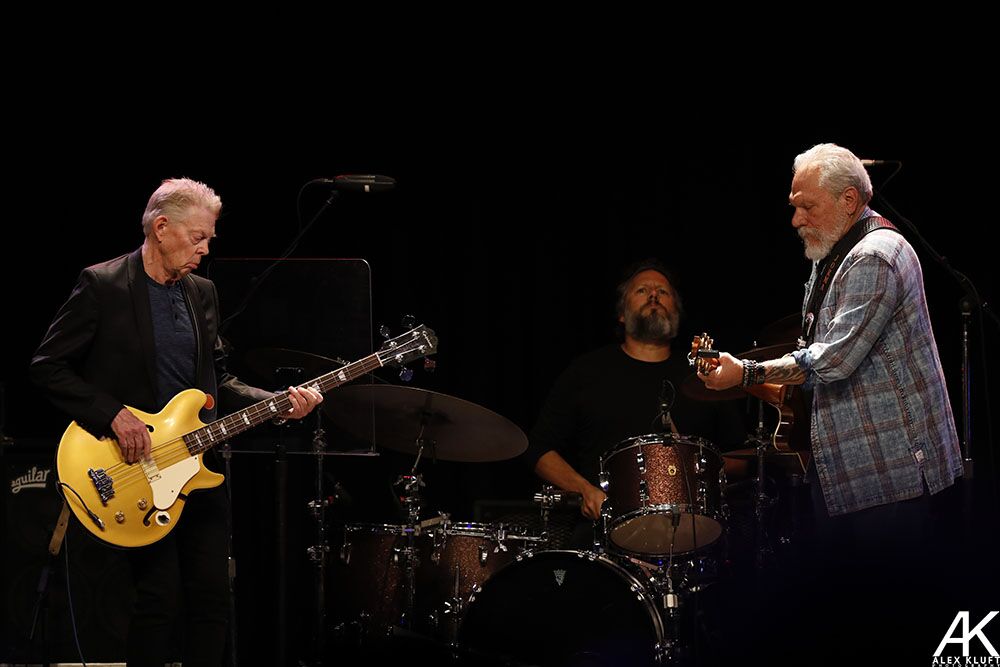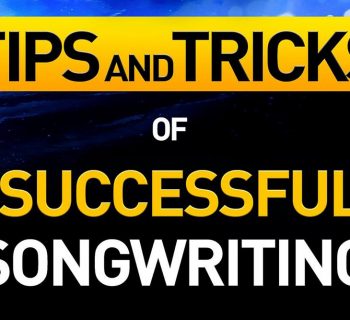By Dr. Louis Anthony Delise
I recently had the distinctly distasteful experience of going shoe shopping. I dislike shopping for shoes. Most stores don’t carry my size, and, if they do, their selection is usually a choice between ugly and bad looking. But while last week’s adventure did not yield a new pair of kicks, it did provide some insight into the music business and also some useful reminders about how pop music is constructed.
Like just about everywhere else on earth, the shoe shop (where I spent way too long anguishing over poor choices) was playing background music through loudspeakers scattered throughout the store. Since the speakers were hidden, the effect was that the music was truly part of the ambiance. Of course, that was the idea: the music, along with the decorations, architecture, lighting and store smell helped create what the owners decided would provide a pleasant (and therefore mutually beneficial) shopping experience.
So, what about that background music? Who produces it and who selects what the stores play? Here are a couple things I noticed about the shoe store’s environmental music. (That’s what publishers call music that is played in the background in stores, restaurants and other places of business.)
• First, it is apparent to me that someone put serious thought into determining what kinds of shoppers the storeowners wanted to sell to and what style of music would lure them in (or at least not chase them away). The selection of recordings seemed custom tailored to the perceived musical tastes of this particular segment of the population. This makes good business sense and aligns with the research of Professor Sven-Olov Daunfeldt of Sweden’s HUI Research. He found that a “congruence between in-store music and brand values increased sales.” In other words, a smart businessperson would likely not want to play Puccini arias in a skateboard shop or a medley of Legion of the Damned’s greatest hits in an elite French restaurant. In either example, the environmental music selection would be wrong and likely give potential customers the heebie-jeebies.
• Second—and more interesting to me as a writer, producer, and publisher—the recordings were of songs I had never heard before, performed by singers I did not recognize. I was hearing well-produced master recordings of songs that (to the best of my knowledge) had not had significant success through exposure in the popular media.
• Third, I noticed while suffering through my shoe shopping purgatory that one of the tunes was supported by the very well-worn I—vi—ii—V chord progression. In the key of C-major, this would amount to the C—A-minor—D-minor—G progression every nine-year old assaulter of the piano whacks out when attempting to play “Heart and Soul,” the Hoagy Carmichael/Frank Loesser hit from 1938.
So, here I was—a total music nerd analyzing the chord progressions and production values of unknown songs written in pop style carefully chosen to appeal to my assumed musical sensibilities. The fact that I was totally disappointed by not finding shoes I liked in my size hardly bothered me. At least I was musically satisfied. Not! Not really—but I did get to thinking…about all the songs there are that use that same I—vi—ii—V chord progression, about who it is that programs music for stores, and about the origin of all of this well-made music.
The I—vi—IV—V and I—viii—V
Chord Progressions
(I am using the musician’s Roman numeral shorthand to define the chord progressions I discuss in the following sections. Using Roman numerals helps one to readily transpose chord patterns from one key to another. A more complete explanation of chord symbol notation and the use of Roman numerals will be found in my book, The Professional Songwriter, and many theory textbooks.)
The I—vi—ii—V chord progression is heard in hundreds of songs. These include the “standards” “Blue Moon” (by Richard Rodgers and Lorenz Hart), “These Foolish Things” (by Jack Strachey and Eric Maschwitz) and “Since I Fell for You” (by Buddy Johnson). Many other hit songs (like Leonard Cohen’s “Hallelujah” and Sting’s “Every Breath You Take”) use a closely related chord pattern, I—vi—IV—V, for their harmonic foundation. Composers sometimes modify the progression. For instance, Leonard Cohen extends the essential I—vi—IV—V progression by preceding it with another I—vi chord pair. This yields the chord progression I—vi—I—vi—IV—V.
Other writers further vary the progression by changing the ordering. In his 2013 hit “All of Me,” John Legend uses the four chords, I, vi, IV, and V, but re-orders the progression to be vi—IV—I—V. The same thing, only different! Jason Mraz uses yet another re-ordering of the same four chords (I, vi, IV, and V) in his song “I’m Yours.” Released in 2008, Mr. Mraz’s tune follows the progression I—V—vi—IV for both the verses and choruses.
The chords ii and IV often substitute for one another. (A chord can substitute for another chord if they have at least two chord tones in common.)
For a long list of songs that use the I—vi—ii—V and I—vi—IV—V chord progressions, visit my website at
LouisAnthonydeLise.com.
All The Great Recordings That No One Ever Hears...except in businesses!
I am guessing that most of the recordings I heard piped through the store’s speakers were what I call “remnant recordings.” These are professionally written and produced recordings where the “magic” just did not happen. For any number of reasons, some recordings just do not make it. They don’t gain traction in the commercial marketplace. These things happen.
Actually, they happen more often than not: there are more “misses” produced than there are “hits.” Sometimes when records are not commercially successful in one marketplace, the copyright owners will look for other venues. These can include background music services. They always want new tracks for their customers’ playlists.
Here are some of the companies that specialize in supplying background music to businesses:
• 3M Background Music
• Songtrader
• DMX Music (owners of Muzak and Mood Media)
• Trusonic
• InStore Broadcasting Network
• Play Network
• Applied Media Technologies Corporation
Each company has its criteria for evaluating and accepting outside material. All of them need songs that are well crafted with productions that sound as good as anything on Billboard’s Top 100 list.
Composer-producer Dr. Louis Anthony Delise is the author of The Professional Songwriter. find him at LouisAnthonydeLise.com.












